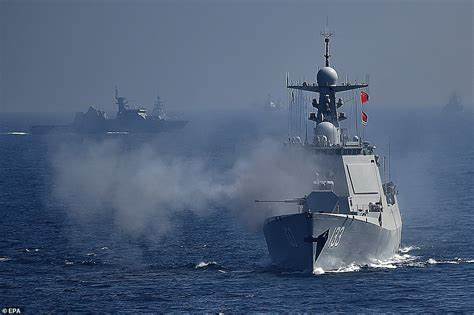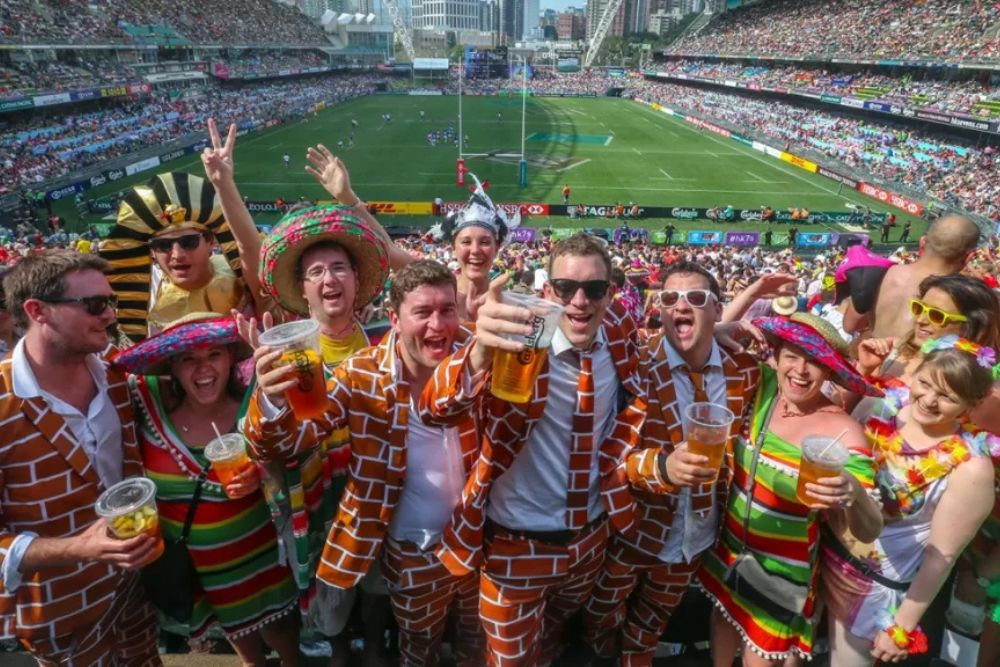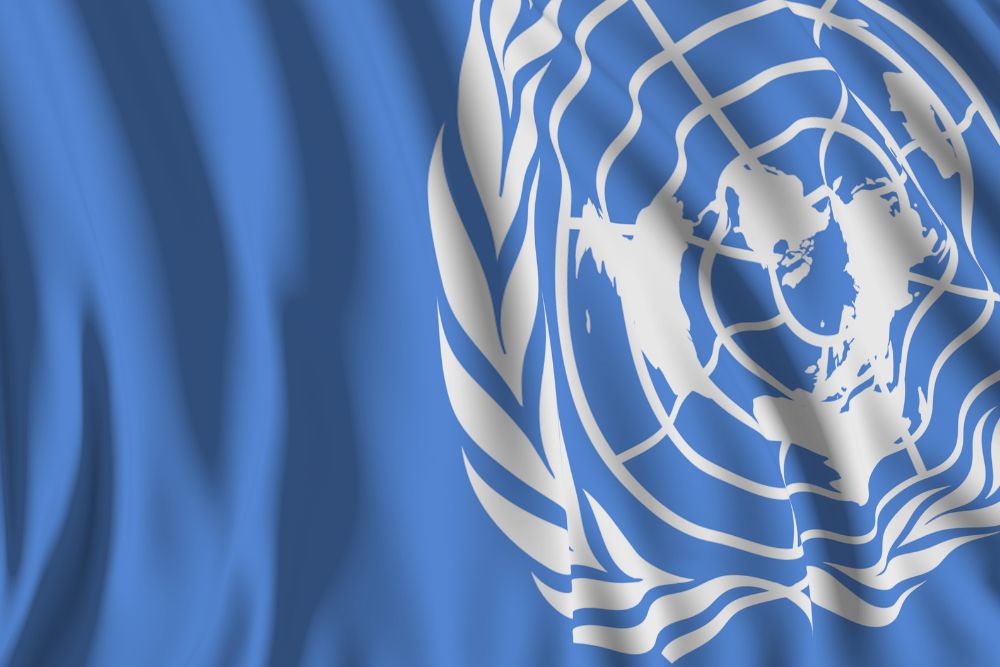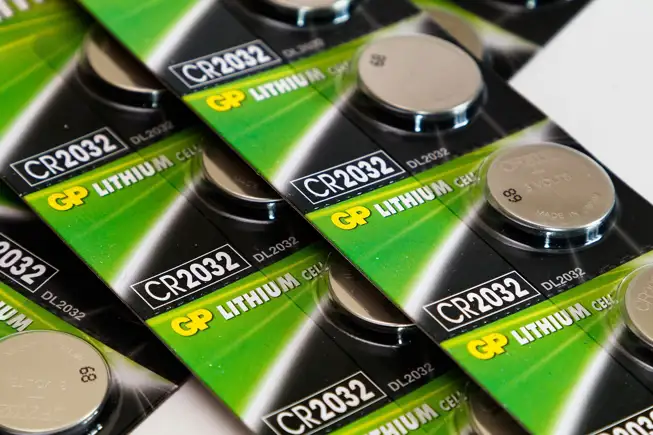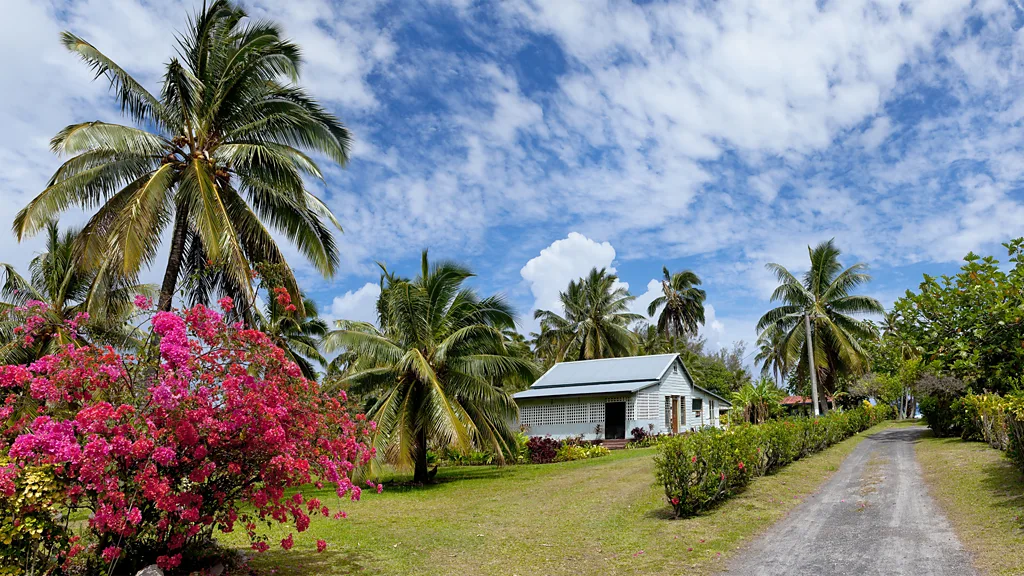by
The Australia Defence Force (ADF) is keeping an eye on three Chinese warships located off Australia’s northeast coast. Defence officials said they were monitoring two People’s Liberation Army-Navy frigates and a replenishment vessel in the Coral Sea.
Tensions between Australia and China have heated up over the past few hours as three Chinese warships were spotted by Australia sailing near its coast as Beijing accused Canberra of sending a spy plane into its “territorial airspace” over the contested South China Sea.
One of the Chinese jets released flares within 30 meters (98 feet) of the Australian aircraft. While no personnel were injured and the aircraft did not sustain any damage, Australia’s military lodged formal objections with the Chinese military both in Canberra and Beijing.
The Chinese Foreign Ministry confirmed the encounter but said the Australian aircraft “deliberately intruded” into China’s airspace of Xisha Qundao, also known as the Paracel Islands. The Chinese military took legitimate measures to expel the aircraft, it added.
On Friday, Australia protested what it describes as an unsafe and unprofessional interaction over the South China Sea where a Chinese fighter is accused of releasing flares that endangered an Australian military surveillance plane.
A Chinese J-16 fighter released flares on Tuesday that passed within 30 meters (100 feet) of a P-8 Poseidon surveillance jet in daylight and in international air space, Defense Minister Richard Marles said on Thursday.

The Australian plane usually carries eight or nine crew. The plane was not damaged and no crew member was injured, Marles said.
“The J-16 was so close that there’s no way you could have been able to ensure that the flares did not hit the P-8,” Marles told Sky News.
“Had any of those flares hit the P-8, that would have definitely had the potential for significant damage to that aircraft,” he added.
Australia has protested in its capital Canberra and in Beijing on Wednesday and Thursday, Marles said.
The protest accused the two Chinese pilots of an “unsafe and unprofessional maneuver that posed a risk to the aircraft and personnel,” a statement said.
The Chinese embassy in Australia did not immediately response to a request for comment on Thursday.
The protest highlights that while bilateral diplomatic and trade relations have improved, relations between the two militaries remain dangerous.
Australia accused the pilot of a Chinese J-10 fighter of unsafe and unprofessional behavior over the Yellow Sea in May last year by dropping flares in the path of an Australian navy Seahawk helicopter.
Australia said the helicopter pilot had to take evasive action to avoid the flares.
There were no injuries or damage, although experts warned the helicopter could have been forced to ditch at sea if a flare had struck an engine.
China protested at the time that the helicopter had flown close to Chinese airspace and had attempted to carry out reconnaissance on a Chinese navy training exercise.
Why It Matters
China, which has the largest fleet of warships in the world by hull count, is expanding its naval reach and presence far away from its shores. Last October, a Chinese flotilla visited Vanuatu, an island country in the South Pacific Ocean, located to the east of Australia.
Meanwhile, China has claimed sovereignty over most of the South China Sea, where it has built artificial islands and militarized them by stationing weapons. Australia, which is an ally of the United States, participated in a U.S.-led naval exercise in the region last week.
What to Know
The Australian military announced on Thursday that a Chinese naval task group was in the Coral Sea northeast of Australia, including the Type 055 destroyer CNS Zunyi, the Type 054A frigate CNS Hengyang, and the Type 903 replenishment vessel CNS Weishanhu.
The Chinese vessels approached Australia after transiting through Southeast Asia. One of them, the Hengyang, was sailing to the north of the country. Australia respects the rights to exercise freedom of navigation in accordance with international law, the statement said.
It was not clear how far away the Chinese ships were from the 12-nautical-mile Australian territorial sea. The statement stressed that the Australian military monitors maritime traffic in the country’s 200-nautical-mile exclusive economic zone and maritime approaches.
The state-run China Global Television Network reported last week that the Chinese ships held a “far-sea combat drill” in the Pacific Ocean during the Chinese New Year.
The Australian military also revealed that one of its P-8A maritime patrol aircraft had an “unsafe and unprofessional” interaction in international airspace over the South China Sea. It was challenged by two Chinese J-16 fighter jets during a surveillance patrol on Tuesday.
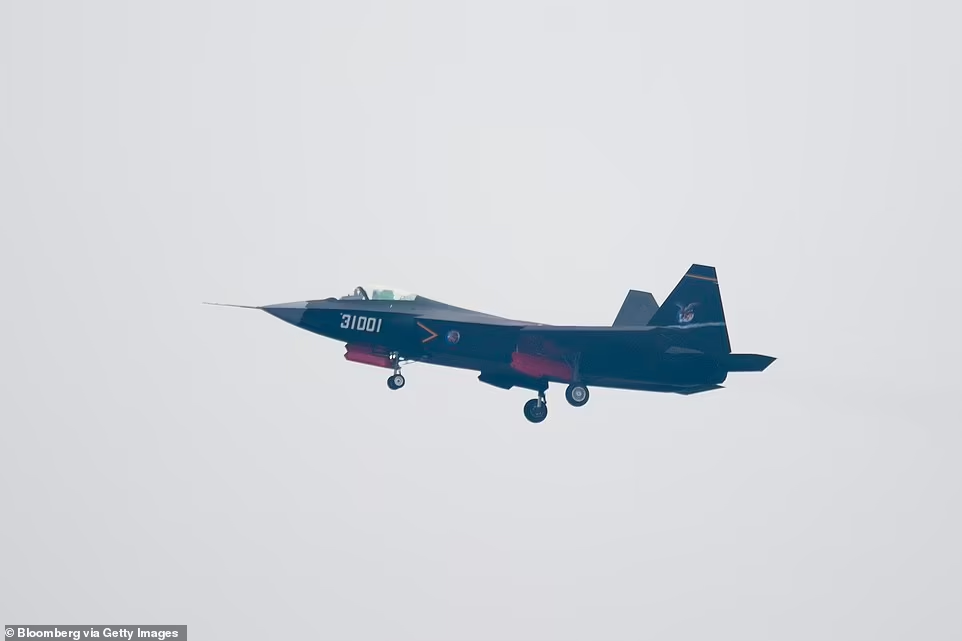
One of the Chinese jets released flares within 30 meters (98 feet) of the Australian aircraft. While no personnel were injured and the aircraft did not sustain any damage, Australia’s military lodged formal objections with the Chinese military both in Canberra and Beijing.
The Chinese Foreign Ministry confirmed the encounter but said the Australian aircraft “deliberately intruded” into China’s airspace of Xisha Qundao, also known as the Paracel Islands. The Chinese military took legitimate measures to expel the aircraft, it added.
What People Are Saying
The Australian Defense Ministry said of the aerial encounter over the South China Sea: “For decades, the [Australian Defense Force] has undertaken maritime surveillance activities in the region and does so in accordance with international law, exercising the right to freedom of navigation and overflight in international waters and airspace.”
Australian Defense Minister Richard Marles told the Australian Broadcasting Corporation: “We understand there are going to be interactions between our respective defense forces, but what matters is that those interactions are safe and professional, and on this occasion, they were not.”
Chinese Foreign Ministry spokesperson Guo Jiakun said at a press conference: “China has lodged solemn representations to Australia, demanding that Australia stop its infringement and provocations and stop undermining peace and stability in the South China Sea.”
What Happens Next
China will continue to send its navy to the wider Pacific Ocean and to enhance its military presence in the South China Sea, where the Pentagon said the Chinese military proceeded to conduct unsafe maneuvers in the vicinity of allied forces operating in the region

